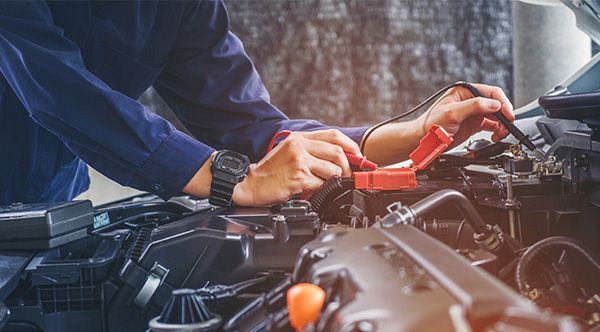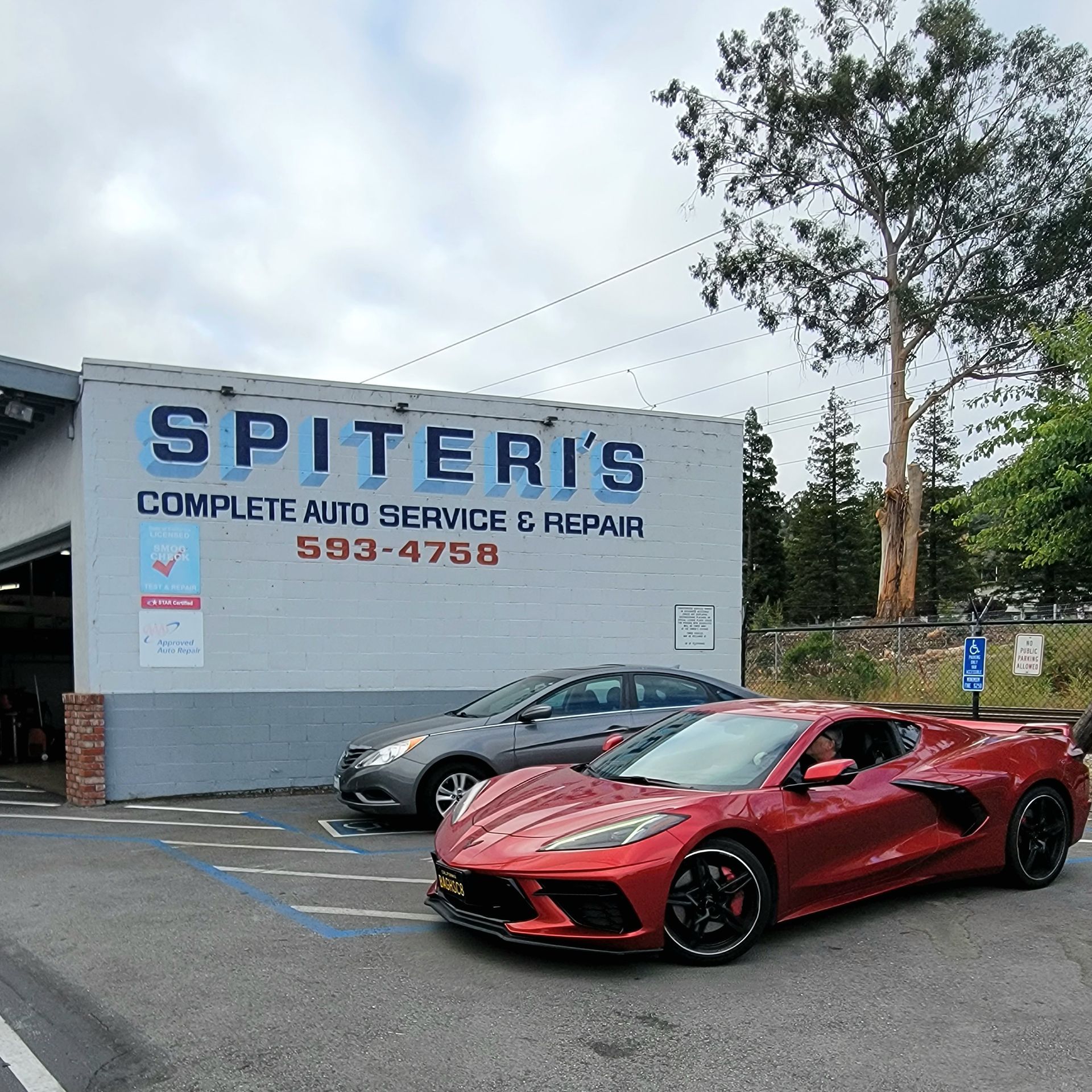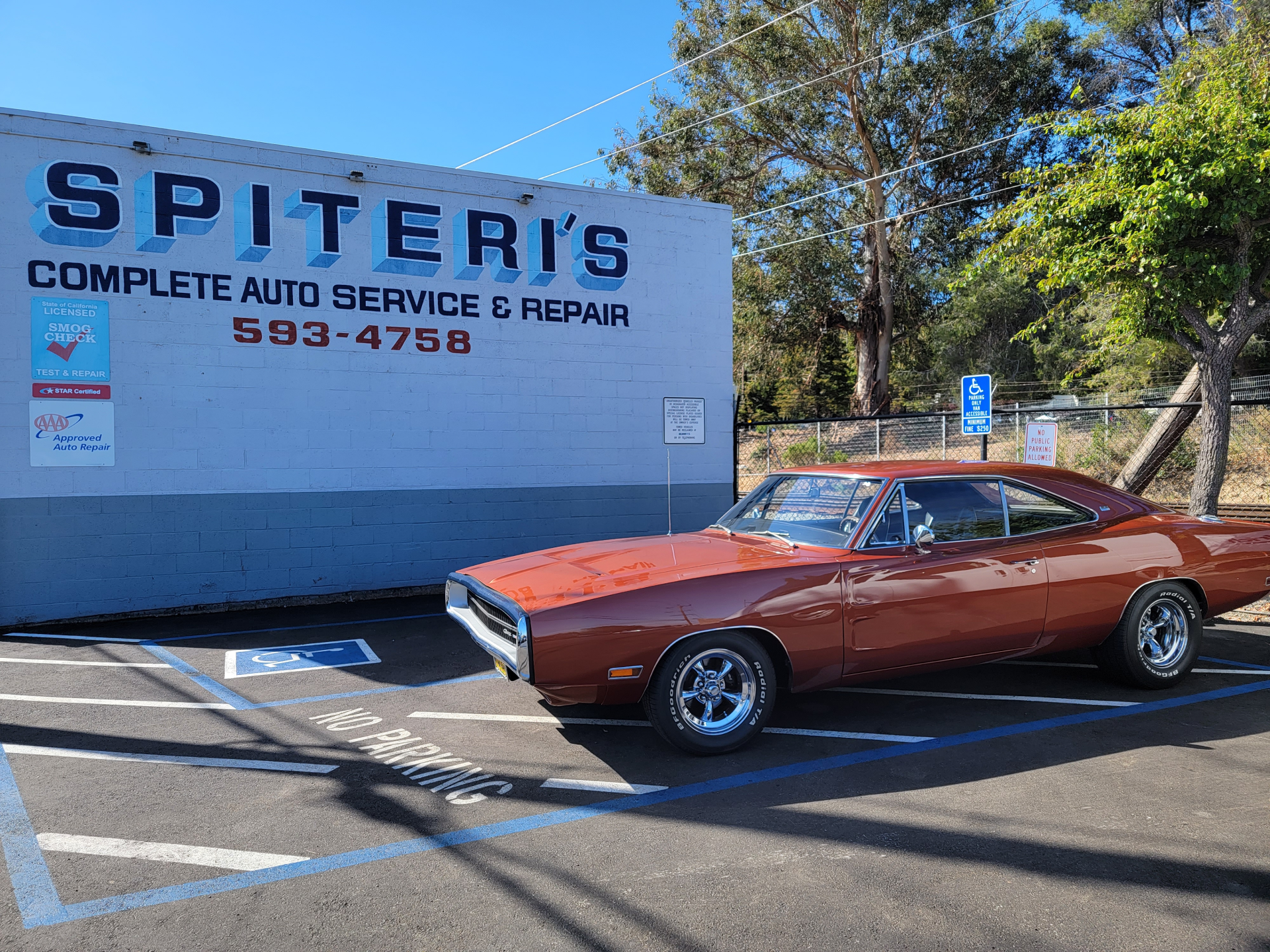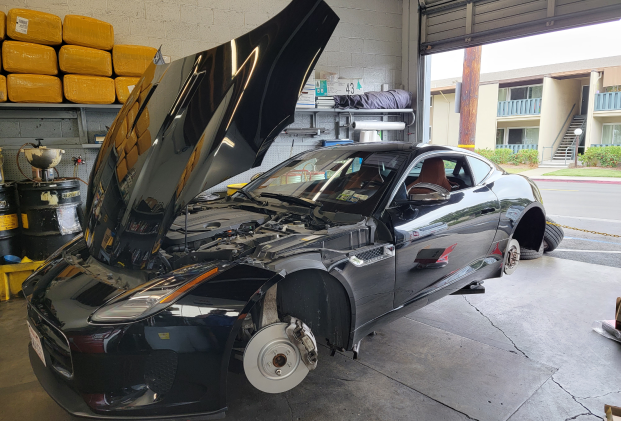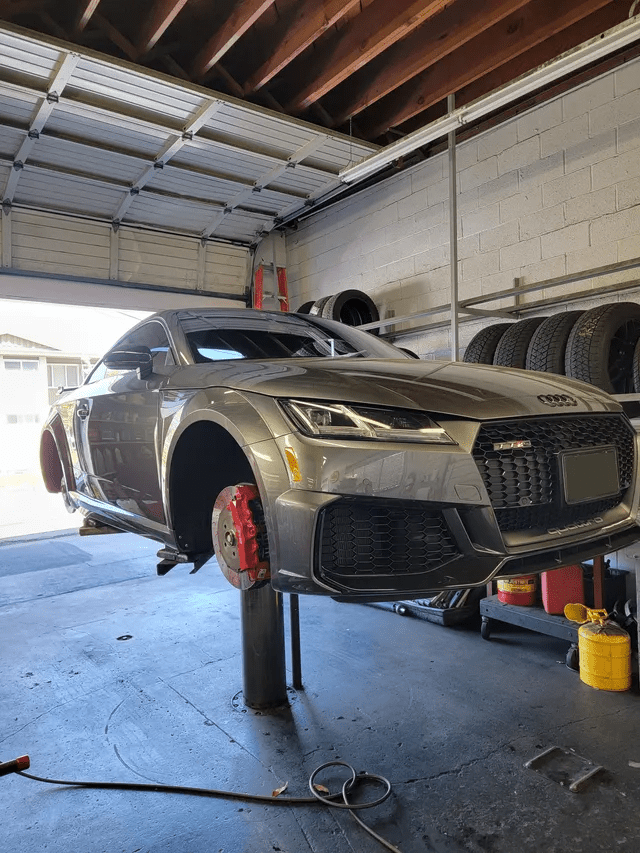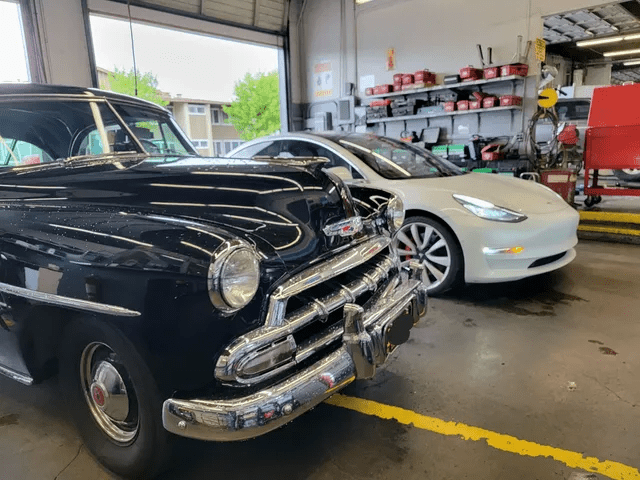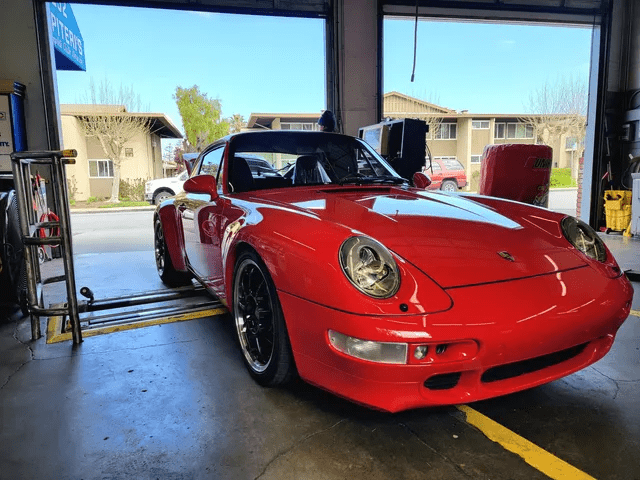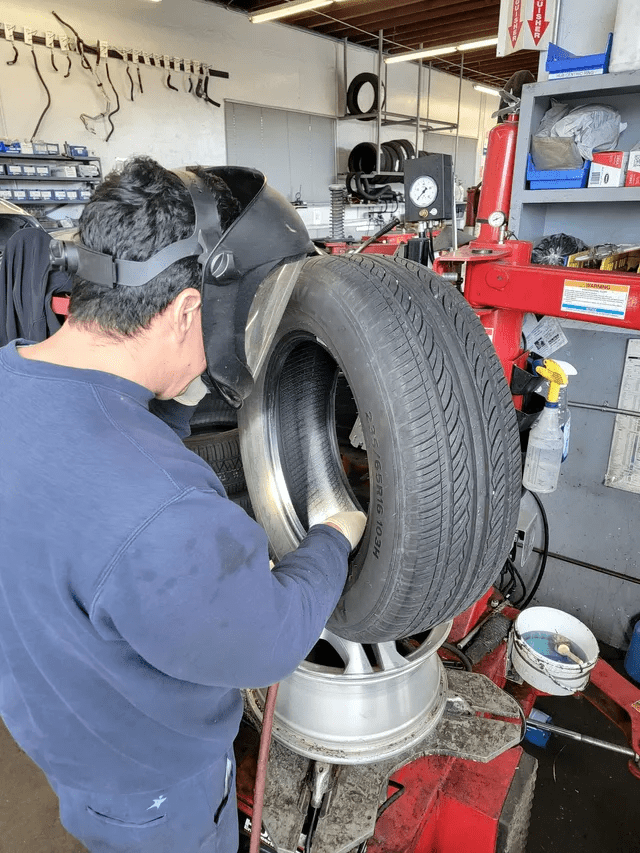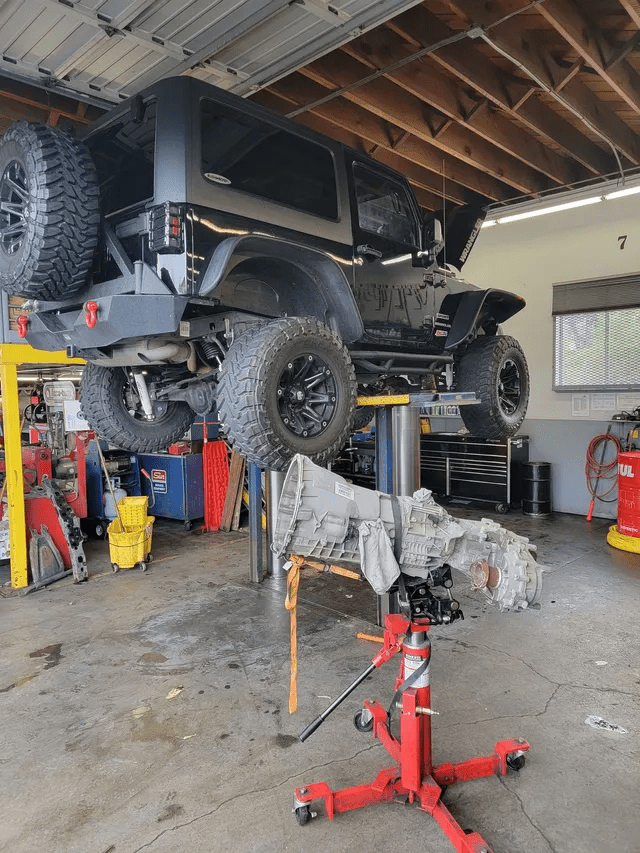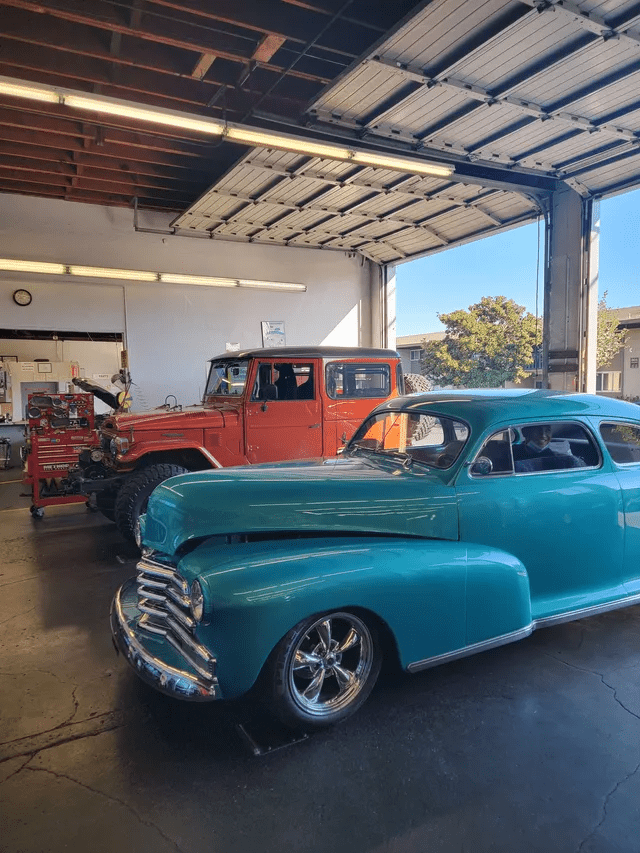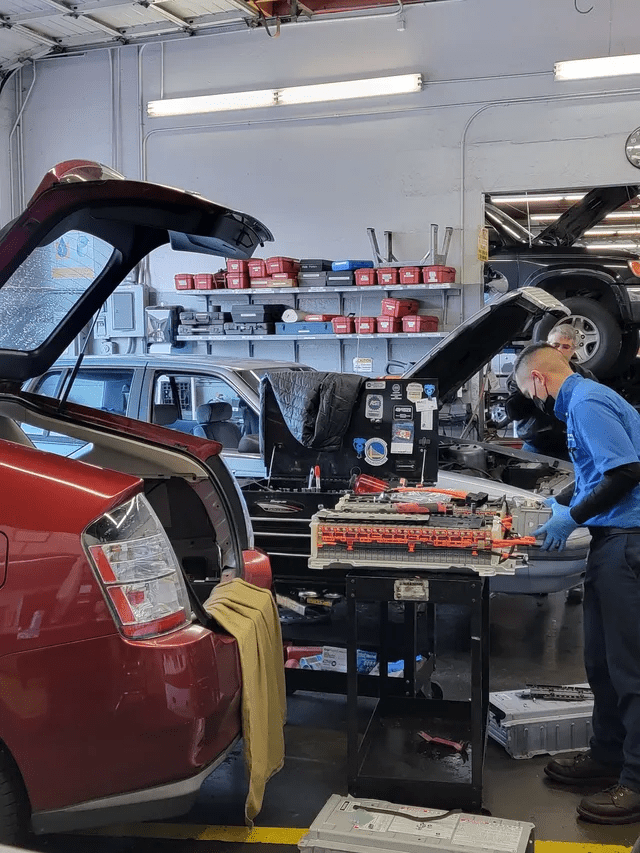Brake Pads – What’s the Difference?
Brake Pads – What’s the Difference?
We’ve dedicated today’s blog entry to discussing the three most common brake pad types and what makes them unique. Knowing the difference between each will help you make an informed decision the next time your car is in the shop for brake repair. Let’s go over the three types and determine what works best for your vehicle and driving habits.
Non-Asbestos Organic
Non-asbestos organic brake pads, or simply known as organic, are the least expensive of the bunch and also the most popular type found on new passenger cars. These pads are constructed of organic, non-metallic materials like rubber, fiberglass, Kevlar, and resins. Advantages to this style of construction is low cost, low dust, less stress on other brake system components, and they’re quiet. While these are all great benefits, there is a major drawback. Because of their lack of metal fibers, organic pads wear out quickly and have the worst stopping performance. If you’re shopping on a budget and don’t need performance or heavy-duty braking capabilities, this pad type is a good, economical option.
Semi-Metallic
Unlike organic brake pads, semi-metallic contain a mixture of metal fibers – up to 70% depending on the compound – packed within an organic resin. These metal fibers dramatically improve overall performance and durability which is great for heavy duty applications. Some disadvantages are increased noise, very dusty, and they accelerate wear on other brake components. If you own a sports car or heavy duty truck and demand a lot from the brakes, semi-metallic are the best choice because of their ability to draw heat away from the rotor to resist fading and they operate in a very wide temperature range.
Ceramic
The last brake pad we’re going to talk about is ceramic. These pads are made of dense ceramic materials similar to pottery with copper fibers embedded within. This type of pad offers good all-around braking performance, very low dust, silent operation, and the longest lifespan of them all. The biggest con of ceramic pads is the cost; they are usually the most expensive of the bunch. Also, they are not the best choice if you live in an extreme cold climate or if you need them for heavy duty driving or racing. Otherwise, they are a fantastic option for most road-going passenger cars and are commonly found on European luxury vehicles.
Which Pads Do You Need?
What you need comes down to the vehicle you drive, the conditions you drive in, and your budget. If you want an inexpensive pad for your commuter car, an organic version is a budget friendly choice. If you need a heavy duty pad for towing or racing, then you would want to buy a semi-metallic pad. Keep in mind that semi-metallic pads are made of different concentrations of metal, so check the manufacturer’s description to see the type of driving they’re designed for. Lastly, if you demand more performance from your brake pads than an organic version would offer and want to keep your wheels free of brake dust, go for the ceramic option.
If you have any questions about what would work best for your vehicle, or need to schedule a brake repair, please give us a call at (650) 593-4758, stop by 292 Old Country Road, or use our online scheduler.


